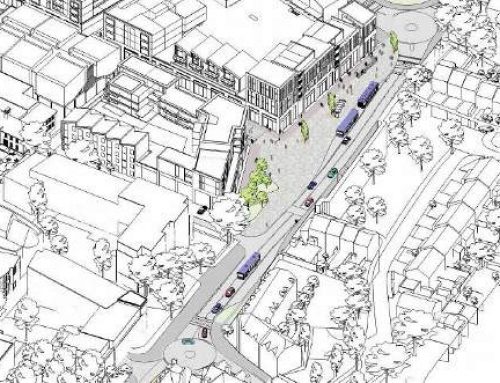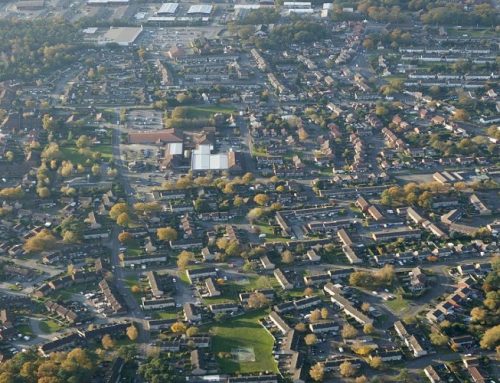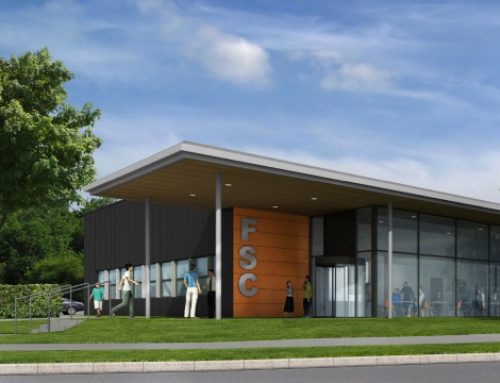A new satellite which clears debris floating through space has been ejected from the International Space Station into the atmosphere, controlled by the Surrey Space Centre.
The UK led project is aiming to tackle the issue of the large amount of debris which currently floats around space, endangering operational satellites and astronauts and also affecting satellites that deliver important services, such as telecommunications.
The debris is mostly old rocket parts and broken fragments of spacecraft, some 7,500 tonnes of which is now said to be circling the planet.
Called the RemoveDebris satellite, the 100kg craft was built at the Surrey Space Centre in Guildford. When the spacecraft was pushed out of an airlock, where a robotic arm then picked it up gave it a gentle nudge down and away from the 400km-high lab, it became the largest satellite to ever be deployed from the International Space Station.
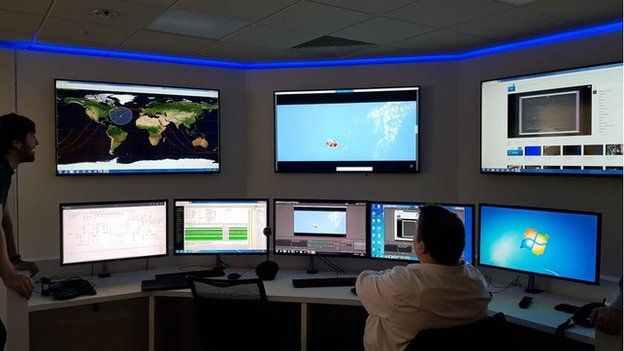
Control centre in Guildford – Surrey Space Centre
Ground controllers in Guildford were hoping to pick up a signal from the spacecraft a couple of hours later as it passed over the UK.
Principal investigator Professor Guglielmo Aglietti commented on the centre’s role in making sure it works properly, “In the first month, month-and-a-half, we will spend our time checking the health of the satellite.
“Once we know all its systems are behaving properly – only then will we begin our experiments,” he told BBC News.
The satellite has two main features which will allow it to successfully capture debris. There is a feature that tracks and identifies objects, which is the mother satellite, that can demonstrate the laser ranging (Lidar) and camera technology. Then there is the second feature, which actually captures and removes the debris from the atmosphere using a net.
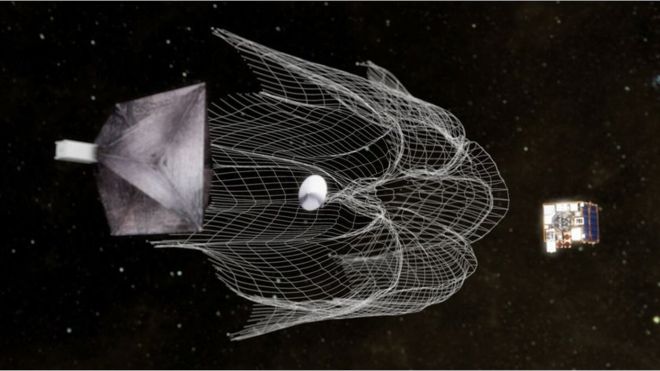
A demo of the net capture method – Surrey Space Centre
For this, the RemoveDebris satellite will extend a boom with a target on the end. A sharp projectile will then be fired at the plate to learn more about how such devices move and impact a surface in micro-gravity.
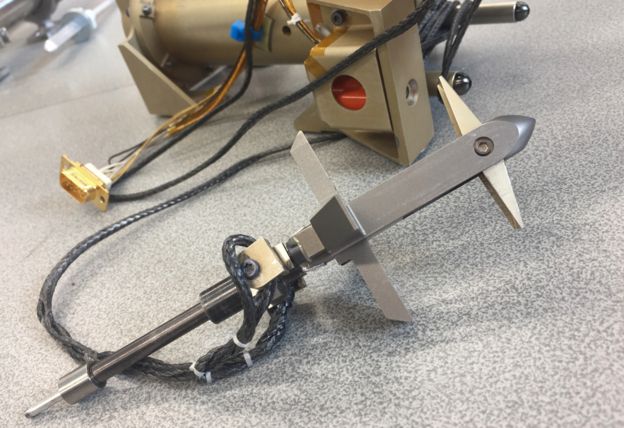
Harpoon used in debris removal – Surrey Space Centre
At the end of it’s mission, RemoveDebris will endeavour to avoid becoming a piece of junk itself by deploying a large membrane.
This sail will increase the drag from air molecules high in the atmosphere and act to pull the satellite down to Earth much faster than would otherwise be the case.
Half the funding for RemoveDebris comes from the European Commission; the other half comes from the ten companies and institutes that contributed technology – including Surrey Satellite Technology Limited, from where the mission is overseen.
For a piece of machinery of such interntional significance to be built and operated from Guildford shows the great ideas and ground-breaking technology coming out of the area. With Whitehill & Bordon being put at the heart of the tech revolution by the 2018 Tech Nation Report, there is no better time to come to the UK’s ‘silicon valley’.
Whitehill & Bordon is a digital town for the future and through working with IBM, intelligent communications and state-of-the-art technology will turn Whitehill & Bordon into a smart town – one of the first in the country.
Businesses and tech companies can operate efficiently and share ideas with ease – the town will be a thriving tech community, where the mixture of companies will get the best out of each other.
Aswell as being a fantastic place for business, Whitehill & Bordon will also facilitate a healthy lifestyle making it a fantastic place to live too. Situated between Guildford and Southampton, Whitehill & Bordon is the smart choice for you to realise your business ambitions but also live in a clean area of natural beauty.
